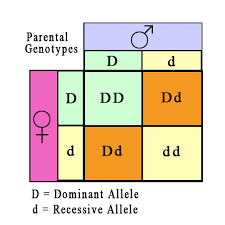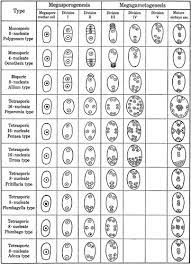seed dormancy- definition, methods, factors causing dormancy of seeds
SEED DORMANCY
Definition:
The seeds of most plants germinate under favourable environmental condition but some seeds do not germinate when suitable conditions like water, oxygen and favourable temperature are not available. Germination of such seeds may be delayed for days, months or years. The condition of a seed when it fails to germinate even in suitable environmental condition is called seed dormancy.
There are two main reasons for the development of dormancy:
- Imposed dormancy
- innate dormancy.
- Imposed dormancy is due to low moisture and low temperature.
- Innate dormancy is related to the properties of seed itself.
Factors causing dormancy of seeds:
- Hard, tough seed coat causes barrier effect as impermeability of water, gas and restriction of the expansion of embryo prevents seed germination.
- Many species of seeds produce imperfectly developed embryos called rudimentary embryos which promotes dormancy.
- Lack of specific light requirement leads to seed dormancy.
- A range of temperatures either higher or lower cause dormancy.
- The presence of inhibitors like phenolic compounds which
inhibits seed germination cause dormancy.
Methods of breaking dormancy:
The dormancy of seeds can be broken by different methods.
These are:
Scarification:
Mechanical and chemical treatments like cutting or chipping of hard tough seed coat and use of organic solvents to remove waxy or fatty compounds are called as Scarification.
Impaction:
In some seeds water and oxygen are unable to penetrate micropyledue to blockage by cork cells. These seeds are shaken vigorously to remove the plug which is called Impaction.
Stratification:
Seeds of rosaceous plants (Apple, Plum, Peach and Cherry) will not germinate until they have been exposed to well aerated, moist condition under low temperature (0oC to 10oC) for weeks to months. Such treatment is called Stratification.
Alternating temperatures:
Germination of some seeds is strongly promoted by alternating daily temperatures. An alternation of low and high temperature improves the germination of seeds.
Light:
The dormancy of photoblastic seeds can be broken by exposing them to red light.



Comments